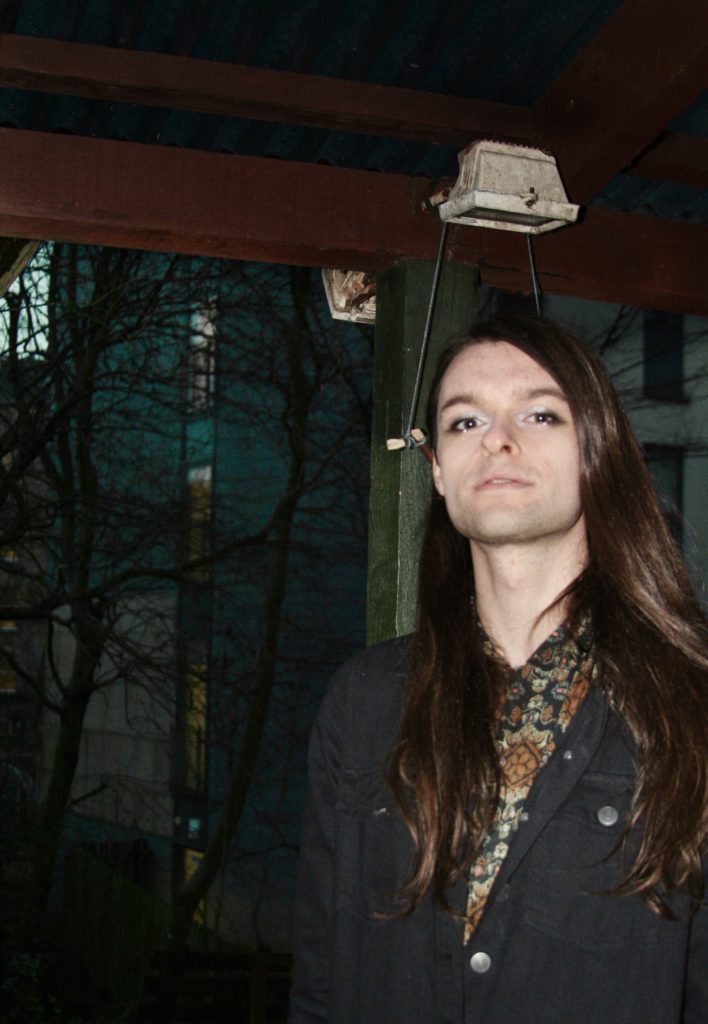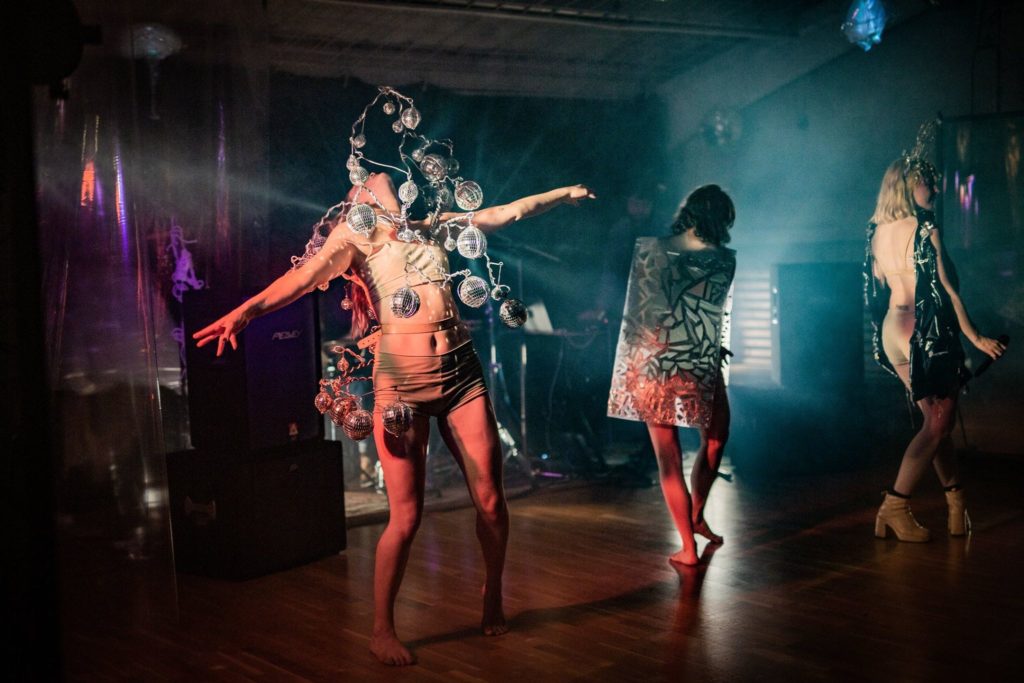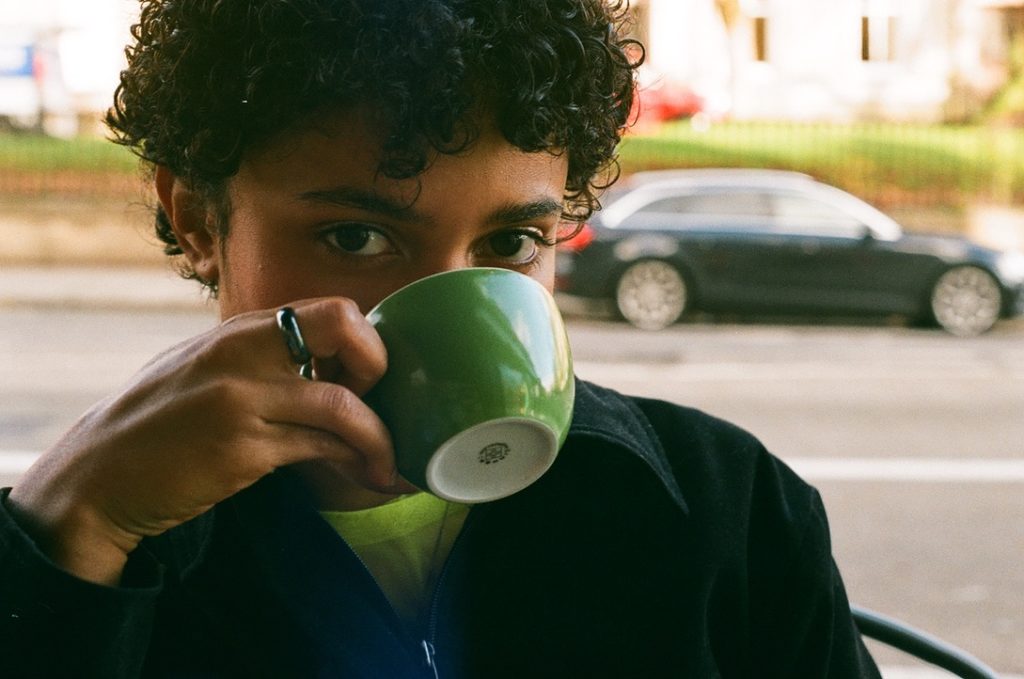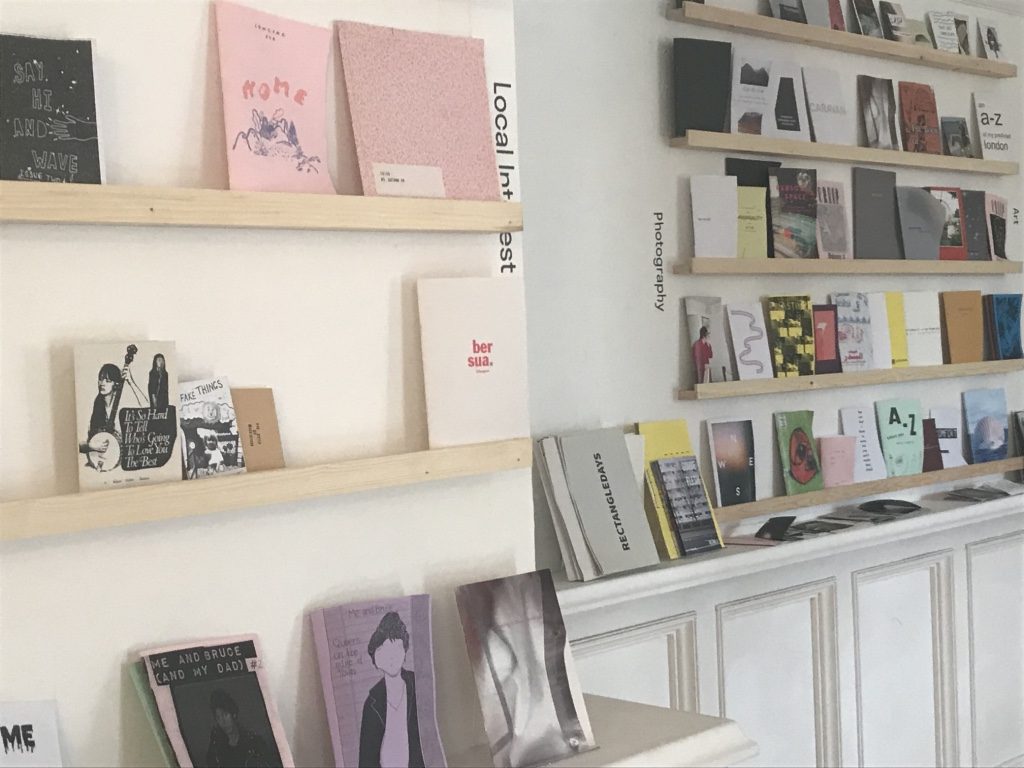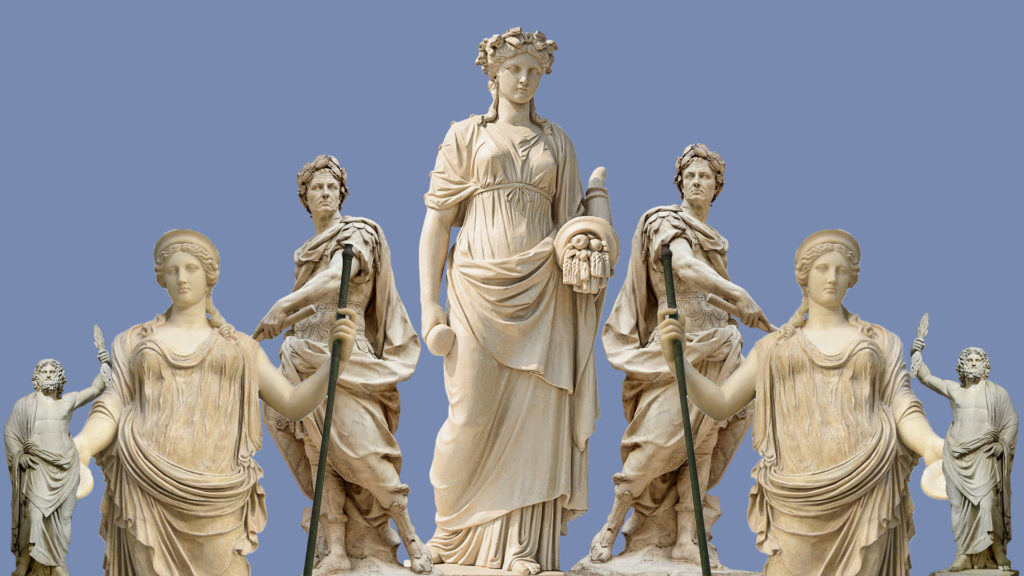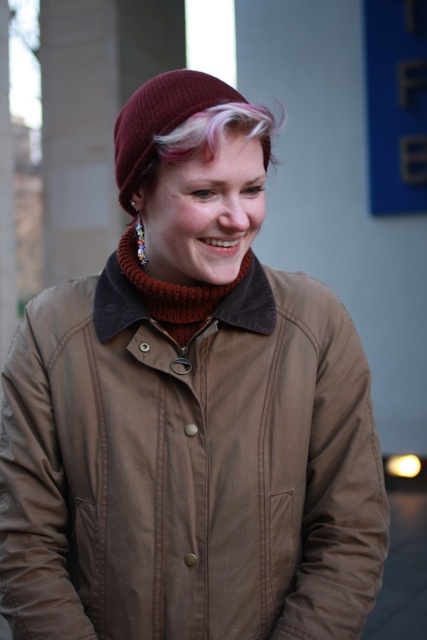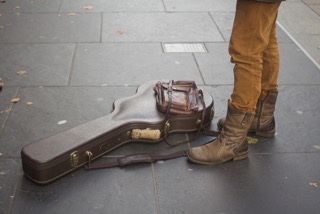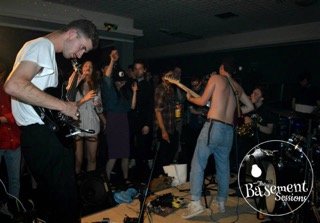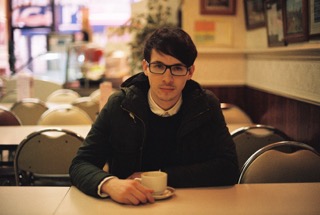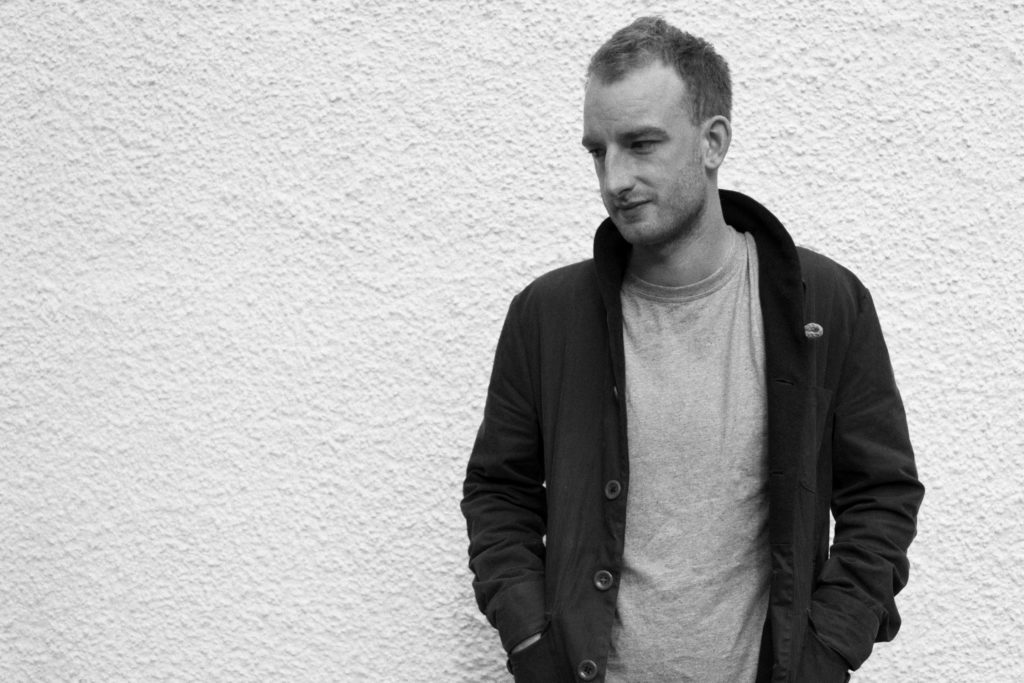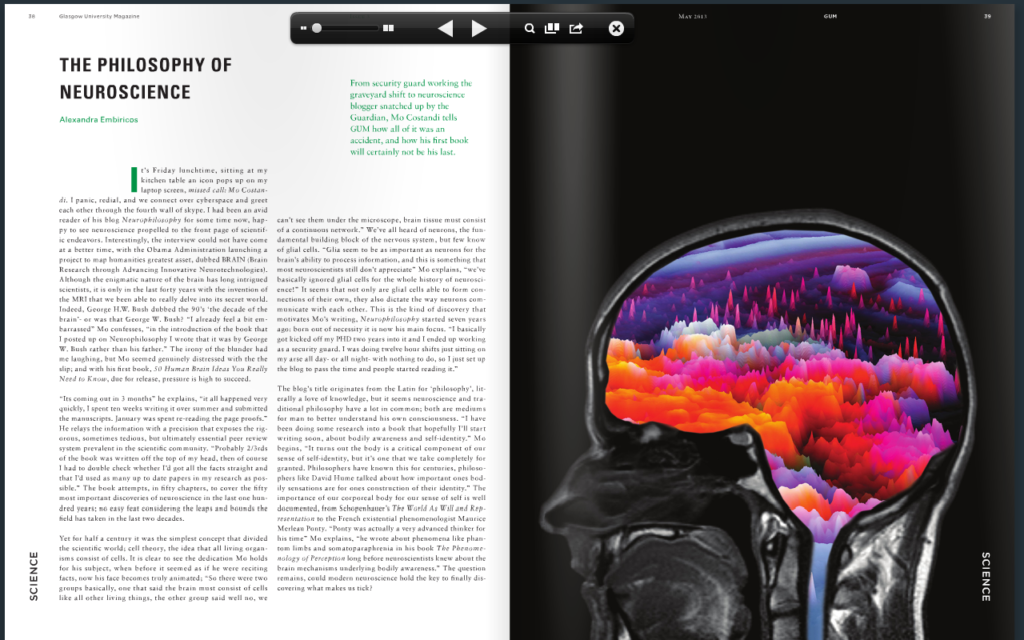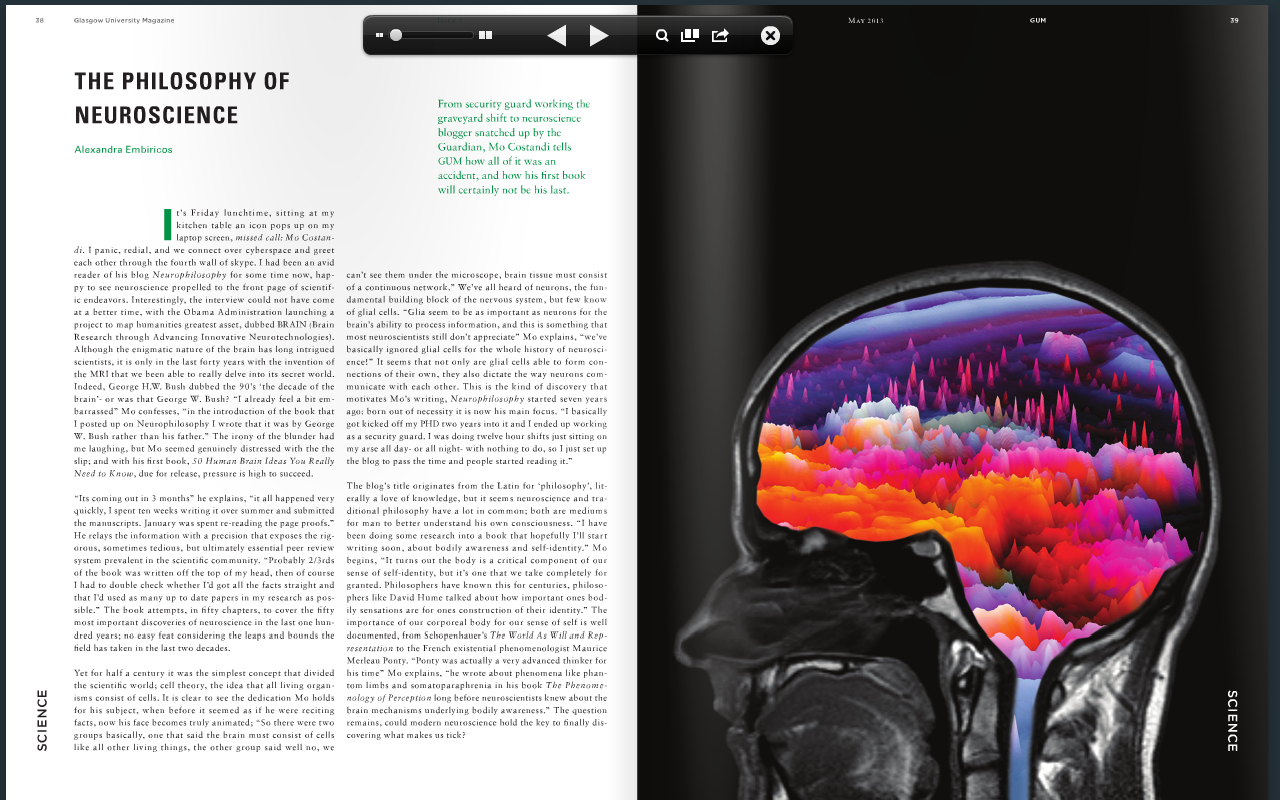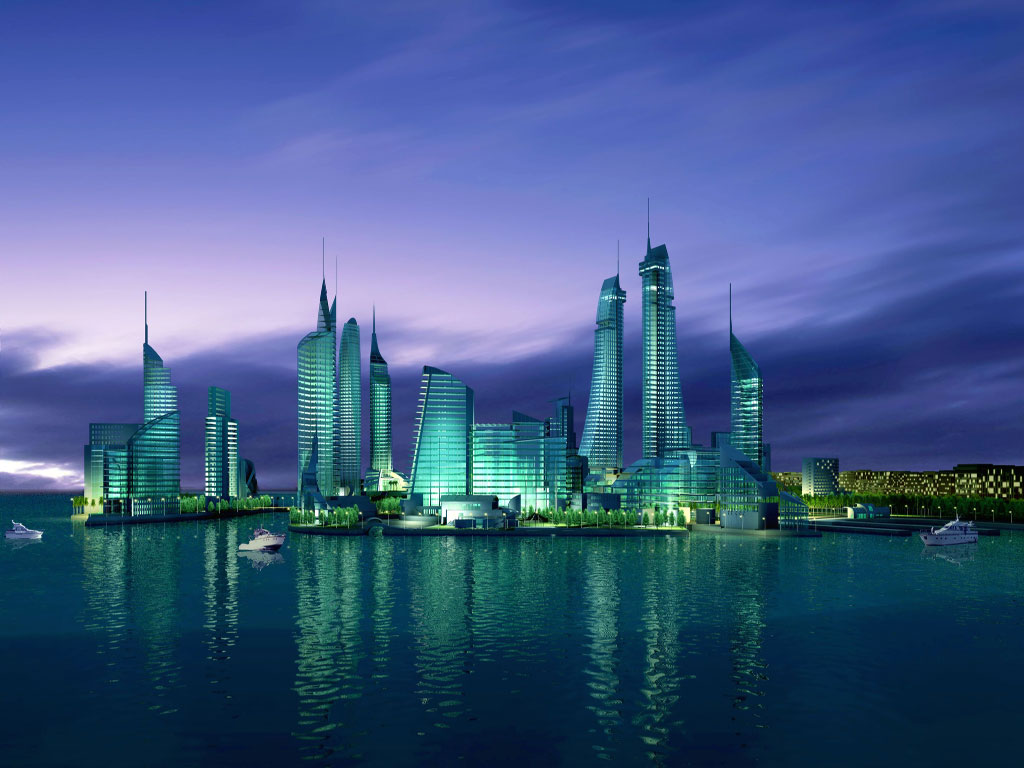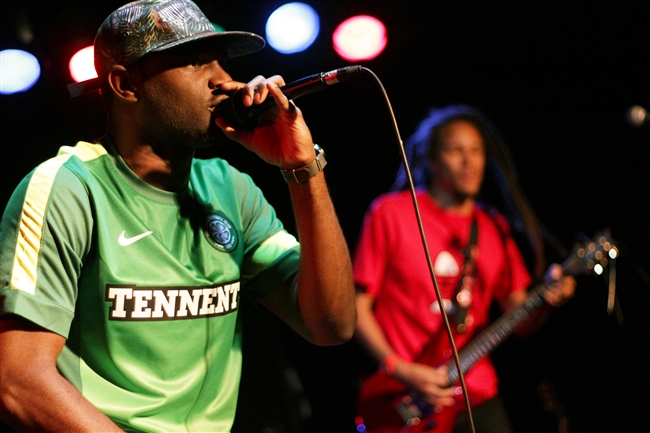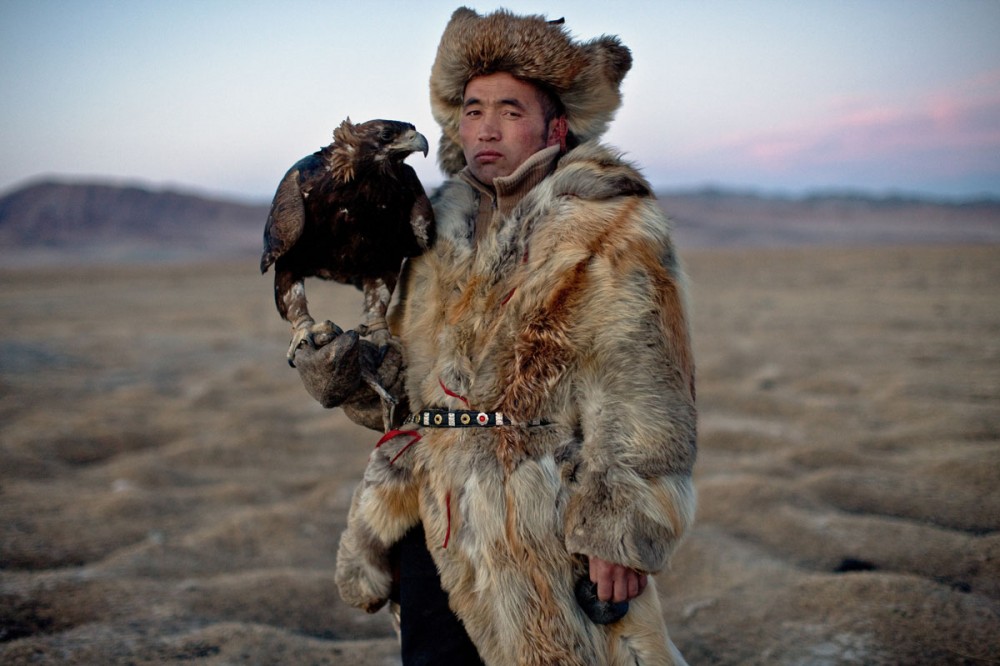In Conversation with Effie Crompton
[Written by Gabriela Saldanha Blackwood]
[Image Credit: Cuba photos 2018 by Effie Crompton; header and footer by Gabriela Saldanha Blackwood]
On a sunny Glaswegian morning before the dreaded exam season had begun, I met up with Effie Crompton, a third-year communication design student at GSA and fellow North Londoner. Although it was our first time meeting, I had been following her dreamy Instagram (@effiecrompton) for some time. Over coffee at Papercup we discussed the intentions behind her art, the importance of community, and her recent trip to Cuba. (more…)
Glasgow Zine Library Interview
[Written by Gabriela Saldanha Blackwood]
[Images by Gabriela Saldanha Blackwood]
I sat down with Lauren Davis, director of the newly opened Glasgow Zine Library and long-established Glasgow Zine Fest on a particularly dreich Glaswegian day. The space is a haven, tucked into an unassuming street near The Laurieston Pub. Zines of all descriptions that are inspired by an endless range of diverse life experiences clad the walls. A multiplicity of thoughts and voices are housed here, completely open to whomever steps in; that is the essential beauty of this community space. Lauren’s passion was truly infectious, and this interview was a testament to the importance of both the library and the festival within—and beyond—Glasgow’s art scene. (more…)
An Interview with Victoria McNulty
By: Sam Bingham
Hello and welcome! I am Sam from the Glasgow University Magazine; could you introduce yourself to our readers?
Hey Sam, it’s great to get a bit of chat on the go. In Victoria McNulty, a poet and spoken word performer from Glasgow.
Nostalgia (pt II)
Aoife Maguire
What is your best memory?
I managed a kids zone at a festival this summer and it was really really sunny one day and there were loads of circus people running round, and then there was kids running round and bubbles everywhere and stuff like that and it was just really damn beautiful and it was a really good day, that was cool.
Nostalgia
Ahead of the launch of the first issue of the year, some of our editors went around campus interviewing the students of Glasgow University about what nostalgia means to them.
The Philosophy of Neuroscience
From security guard working the graveyard shift to neuroscience blogger snatched up by the Guardian, Mo Costandi tells GUM how all of it was an accident, and how his first book will certainly not be his last.
It’s Friday lunchtime, sitting at my kitchen table an icon pops up on my laptop screen, missed call: Mo Costandi. I panic, redial, and we connect over cyberspace and greet each other through the fourth wall of skype. I had been an avid reader of his blog Neurophilosophy for some time now, happy to see neuroscience propelled to the front page of scientific endeavours. Interestingly, the interview could not have come at a better time, with the Obama Administration launching a project to map humanities greatest asset, dubbed BRAIN (Brain Research through Advancing Innovative Neurotechnologies). Although the enigmatic nature of the brain has long intrigued scientists, it is only in the last forty years with the invention of the MRI that we been able to really delve into it’s secret world. Indeed, George H.W. Bush dubbed the 90’s ‘the decade of the brain’- or was that George W. Bush? “I already feel a bit embarrassed” Mo confesses, “in the introduction of the book that I posted up on Neurophilosophy I wrote that it was by George W. Bush rather than his father.” The irony of the blunder had me laughing, but Mo seemed genuinely distressed with the the slip; and with his first book, 50 Human Brain Ideas You Really Need to Know, due for release, pressure is high to succeed.
“Its coming out in 3 months” he explains, “it all happened very quickly, I spent ten weeks writing it over summer and submitted the manuscripts. January was spent re-reading the page proofs.” He relays the information with a precision that exposes the rigorous, sometimes tedious, but ultimately essential peer review system prevalent in the scientific community. “Probably 2/3rds of the book was written off the top of my head, then of course I had to double check whether I’d got all the facts straight and that I’d used as many up to date papers in my research as possible.” The book attempts, in fifty chapters, to cover the fifty most important discoveries of neuroscience in the last one hundred years; no easy feat considering the leaps and bounds the field has taken in the last two decades.
Yet for half a century it was the simplest concept that divided the scientific world; cell theory, the idea that all living organisms consist of cells. It is clear to see the dedication Mo holds for his subject, when before it seemed as if he were reciting facts, now his face becomes truly animated; “So there were two groups basically, one that said the brain must consist of cells like all other living things, the other group said well no, we can’t see them under the microscope, brain tissue must consist of a continuous network.” We’ve all heard of neurons, the fundamental building block of the nervous system, but few know of glial cells. “Glia seem to be as important as neurons for the brain’s ability to process information, and this is something that most neuroscientists still don’t appreciate” Mo explains, “we’ve basically ignored glial cells for the whole history of neuroscience!” It seems that not only are glial cells able to form connections of their own, they also dictate the way neurons communicate with each other. This is the kind of discovery that motivates Mo’s writing, Neurophilosophy started seven years ago: born out of necessity it is now his main focus. “I basically got kicked off my PHD two years into it and I ended up working as a security guard. I was doing twelve hour shifts just sitting on my arse all day- or all night- with nothing to do, so I just set up the blog to pass the time and people started reading it.”
Inside Bahrain; an Interview with an activist
Mizriya Maryam Abdulhadi al-Khawaja is a Bahraini human rights activist. She is the daughter of a prominent Bahraini activist Abdulhadi al-Khawaja and the vice president for the Bahrain Centre for Human Rights. Freedom House has awarded Maryam and her father for their determination in the pro-democratic struggle in the Kingdom of Bahrain.
We’ve recently passed the second anniversary of Bahrain’s Jasmine Revolution uprising, marked by yet another death of a young dissenter from wounds induced by a security force birdshot into the rioting crowd. How do you see the situation in your country right now?
Unfortunately the human rights situation in Bahrain continues to deteriorate. Due to the reality of local and international impunity, which officials of the Bahraini regime enjoy, little progress has been made to put an end to the ongoing almost daily violations.
On the other hand, the protests have not stopped. On the contrary, they continue almost on a daily basis. People understand that they’re in this for the long haul, but they also firmly believe in the idea of “no government can outlast its people”.
The unwillingness of the government to acknowledge some opposition and, in instances, choose to repress certain voices, has seemingly pushed many, mostly poor Shiites, to extreme political convictions. Bearing in mind the current state of countries like Egypt or Tunisia, do you also now also demand a full-blown revolution, or still believe in institutional cooperation towards pro-democratic reforms?
The people on the streets, one of the main groups being the February 14th Coalition are demanding the stepping down of the regime, regarding the self acclaimed king of Bahrain as being directly responsible for the ongoing violations. On the other hand, the political societies, whose popularity is decreasing as more people start to support the coalition, are demanding reforms and a constitutional monarchy.
As human rights defenders we do not have political asks. Our demands are more directed towards accountability, justice and the protection of human rights. The demand for accountability includes the heads of the ruling family; which means putting the king, crown prince and prime minister on trial.
Interview with an Ambassador: Iain Ferrier Lindsay
Iain Ferrier Lindsay has been Her Majesty’s Ambassador to the Kingdom of Bahrain since 2011. Having joined the Foreign & Commonwealth Office in the 1980s, he has since represented the United Kingdom on diplomatic missions in Hong Kong, Japan and Bucharest, among others.
What is the British embassy’s stance on the political turmoil that has been troubling Bahrain since the crackdown on the Jasmine Revolution-related protests in 2011?
Our view is that sustainable stability in Bahrain can only be achieved through continued reform. We support the reforms, which are underway and urge the Bahraini government to show greater energy in implementing reform. Progress has been made in some areas but there is still a lot more to be done, e.g. on implementing the recommendations of the Bahrain Independent Commission of Inquiry and the UN Human Rights Council Universal Periodic Review. But there needs to be movement on the political track as well as the reform track. We therefore welcome the resumption of political dialogue in early February and encourage all parties to remain involved in the process. The only way to promote peace and stability in Bahrain is through an inclusive dialogue that addresses the legitimate aspirations of all Bahrainis and helps to build the trust and confidence necessary for longer-term reconciliation.
In 2005, Tony Blair officially stated that Britain and Bahrain have a ‘strong, warm and longstanding relationship.’ Given the current times of political crisis Salman al-Khalifa’s government seems to be troubled with, as well as allegations of accounts of rights abuses, is this strong relationship still the case?
Britain has had a long-standing and close relationship with Bahrain, going back nearly 200 years. We are Bahrain’s oldest and most trusted partners outside the region. Bahrain is of great strategic importance for the UK. Therefore Bahrain’s stability is critical for our interests. Given, as I say above, that we believe that sustainable stability can only be achieved through continued reform and given the closeness of the relationship, not just with the government but across the spectrum of Bahraini society, it is natural that the UK should want to help Bahrain to reform. So, yes, the relationship is still close. But, as with all good friends, we are honest when we see things which we believe are wrong. So we are not an uncritical friend.
The unwillingness of the government to acknowledge some opposition and, in instances, choose to repress certain voices, has seemingly pushed many, mostly poor Shiites, to extreme political convictions. Given United Kingdom’s experience of repression in Northern Ireland, what would your advice to the authorities be, for this particular issue?
Bahrain needs reform and political dialogue. There are legal opposition parties in Bahrain. They are currently taking part in the political dialogue that is underway. While I agree that the events of the last 2 years have led to an increase in radicalised young Shia I do not believe that they are representative of the Shia population at large. I think it is still the case that Al Wefaq, the main Shia opposition party (who are in the talks and who won nearly half the seats in the 2010 parliamentary elections) still commands the loyalty of most Shia. But the risk must be that if there is insufficient reform and the political dialogue gets nowhere that more people, on both sides of the sectarian divide, will adopt more extreme positions. Some observers in Bahrain say that the country resembles Northern Ireland in the late ‘60s. What the UK’s support for reform and dialogue is intended to do is to ensure that Bahrain does not stumble into becoming like Northern Ireland of the ‘70s or ’80s.
Q&A: Rehab Clothing
GUM caught up with Rehab Clothing, Glasgow’s hot new sellers on the scene, to talk about their new business venture and passion for vintage!
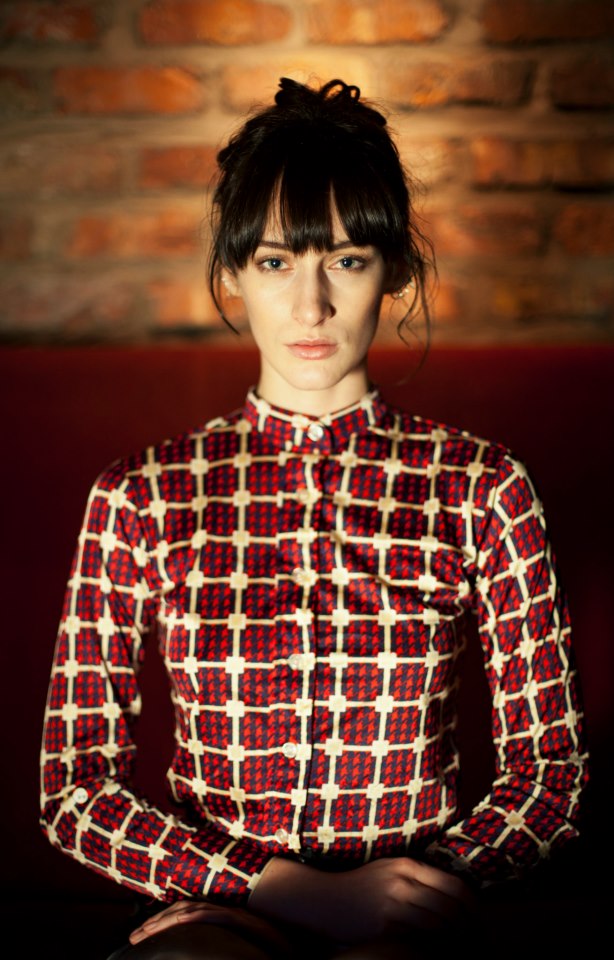
Hi Steven, care to introduce yourself?
“My name is Steven Dick; I graduated with a 2:1 Business Honors degree in June. Rehab Clothing was formed in October; we operated in a pre-launch stage throughout October and November selling via pop-up shops and individual listings on Marketplace. This was key to network, establish a contact list, build relationships and implement a clear direction. We launched officially on the 21st of December via our online marketplace shop.”
Where did the idea come from, how did you get started and why?
“I decided to go travelling across Italy and South East Asia for four months after studying; it was during this time I decided to start up Rehab Clothing when I returned. I had an interest in starting my own business from my studies and always maintained an interest in the fashion industry. As a keen vintage shopper myself I spotted an opportunity in the marketplace where we could add value.”
What do you sell?
“We sell unique vintage wear, everything from leather shorts and trousers, this seasons must have monochrome, 1980s dresses, vintage tees and blouses, vintage sportswear and military shirts and jackets.”
Interview: Make Do
With Chambre 69’s out-of-the-blue closure a void was left to be filled in the Glasgow club scene. GUM caught up with Ahsan and Cheesy, one time Chambre booking manager and all round tech wizz respectively, who took it upon themselves to launch a new pop-up club appropriately named Make Do.
Meeting at the new Hope street venue on the evening before their 19th January launch (opposite the seldom noticed grandeur of Central Station), GUM descended into an empty space stacked with monitors and cables that was soon to be morphed into a venue christened by the likes of Offbeat, Cottam, Axel Boman.
“We created Make Do because chambre closed and we had lots of exciting promoters looking for a space of that size” Ahsan clarified “Glasgows pretty lacking in medium sized venues that can cater to people being able to come in and be encouraged to come up with creative uses of the space.”
The pop-up aims to continue what Chambre was made famous for, namely the diversity of the space that allows promoters to come in and transform it to fit the needs of each individual night.
“One of the main benefits that Chambre had was that you could really make your own night” they explain, “to come in and change it up, and put in whatever production you wanted, flip it around and design it the way you liked. We wanted to offer the same thing with the Make Do space and build upon the Chambre ethos in that sense.”
Flexibility of this nature in a club is often hard to come by, and requires a solid team with enough expertise in their fields to avoid any glitches. “Cheesy is quite renowned for creating really great production in clubs, whether it be light features or visual installations” Ahsan chips in. For those of you who made it to the launch you might have noticed the stack of TV’s playing loops of old film clips next to the speakers, a Cheesy signature. “Having him on board means that promoters know the high level of technical know-how that he brings to the table.” he continues, “which is definitely a key point”.
Christo Geoghegan: Behind the Lens
Why is traveling so alluring? Perhaps it’s the excitement of departing from the routine of our daily lives, or of experiencing things previously unimagined; it’s something we all dream about at one point or another. With globalisation propelled to the extent that a journey to the ends of the Earth is not only affordable, but mostly achievable in under a day by plane, the idea of the truly remote seems to be a myth of the past. London based photographer and filmmaker Christo Geoghegan spoke to GUM about what travel means to him, and how he goes about capturing the lives of those who live in some of the last isolated places on Earth.
- What prompted you to become a travel photographer, any specific instance where you felt you knew this was the thing for you?
I wouldn’t necessarily class myself as a travel photographer. Whilst almost all the work I do is indeed abroad, the basis of the work isn’t about the notion of travel. I’m not trying to capture the essence of a country, but document a particular group of people living within it. I spend around 10 months to a year researching and organising a story I’m working on, so it’s very much less about travelling around and photographing the country as a whole. At the moment, I’m very much dedicating my work on communities that are marginalised in some way, or those whose way of life is under threat.
The reason why I choose to work further away from home is not because I am in search of the exotic other, but because I feel that an outsiders perspective, without internal bias, allows me to document and photograph in a more well rounded manner.
- You’re on your way to Mongolia on Thursday to continue your project on the Kazakh nomads, what made you decide to return?
Last time I went to visit the Kazakhs in Western Mongolia, I was only there for a month. It gave me a decent amount of time to give an outsiders account of their way of life, but still was only enough time to scratch the surface. I’m hoping my second visit will be able to start doing just that. I want to be able to tell more personal stories from the nomadic way of life, rather than the brief overview I managed to photograph last time. I’m also hoping to start work on a short film out there. So this is the second of many visits to come!
- What has been your favourite experience whilst traveling with the nomads, and anything particular that you’ve learnt?
Without a doubt the sheer kindness I’m greeted with every day. I found from travelling a lot and from working all over the world, that those with the least, are willing to share the most. I would travel to the far corners of the Kazakh state of Mongolia and would always be ushered into houses, thrust a large meal in front of my face, and poured an endless flow of tea. That sense of community and willingness to help strangers is just something that’s been lost in the West; everyone is so guarded.
(more…)
Interview: Chouchou
The Glasgow fashion scene is bursting at the seams with creative talent, so it’s no surprise that Italian-born designer Silvia Pellegrino decided to start up her own label here. Chouchou creates unique hoods with a couture feel which appeal to the city’s fashion-forward, individual style. Unsurprisingly, Pellegrino’s range of Hollyhoods have attracted quite the following, and GUM were lucky enough to feature one of her striking pieces in our latest issue. Flick to page 20 of our ‘Blackout’ feature to see the Hollyhood Rose in action. We caught up with the designer again to talk hoods, hoods, hoods!
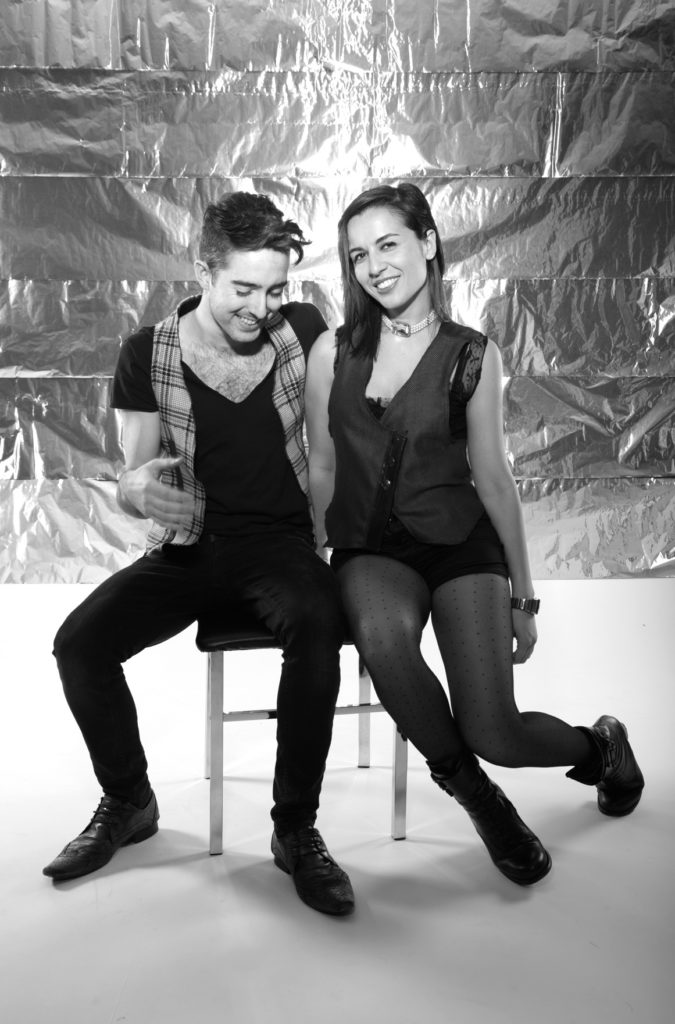
How did Chouchou get started?
It started when I was an intern for a company called Kucoon in LA in 2007, that was one of the best experiences of my life, I met so many talented designers. I find in California there are a lot of inspirational people, so working for Kucoon was the best thing that could have happened at the time, and when the internship was over the designer Andrea Spratt asked me: “do you want to stay?” and I was really tempted to just say yes. At the time I was so determined to start something of my own so I went back to Italy and invested my savings into the creation of our first S/S collection, and this collection for one reason or another was going to be shown here in Glasgow. So, at some point I decided it would be a great idea to move to Scotland altogether because I always had great connections here. I moved here in 2009 and started the company here in 2010 and it just grew from there
How did you come up with the name? What does the name Chouchou mean?
The name came from another trip that I did in South Africa, passing through Paris. The word Chouchou came out and my French friend explained that it’s a term used with a person you love. Chouchou means loved one. Once I was doing a market in Italy and this now famous photographer came up to me and said: “What’s your company name?”, and I said Chouchou and he said to me, “Wow that’s so much fun”, because in Naples when you see a hot girl on the street and you know her name you simply go: “sciu’sciu’!”. (read as Chouchou)

